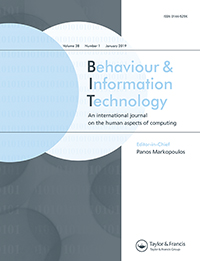Measuring website quality: asymmetric effect of user satisfaction
Website quality measurement tools have been largely static and have struggled to determine relevant attributes of user satisfaction. This study compares and contrasts attributes of user satisfaction based on usability guidelines seeking to identify practical easy-to-administer measurement tools. The website users assessed business school homepages according to six criteria and fulfilled a randomly assigned yet typical task. After completing the task, respondents assessed the same six website quality/satisfaction criteria again. The consumer–product relationship seems similar to the link between a user and a website. User satisfaction, just like consumer satisfaction, is asymmetric and non-linear. Content and navigation have been identified as key ingredients when users judged website quality, alerting web designers and website practitioners to focus more closely on those attributes. Similar lessons can be drawn for marketing professionals, who typically supervise or determine the content, structure and other website facets.

